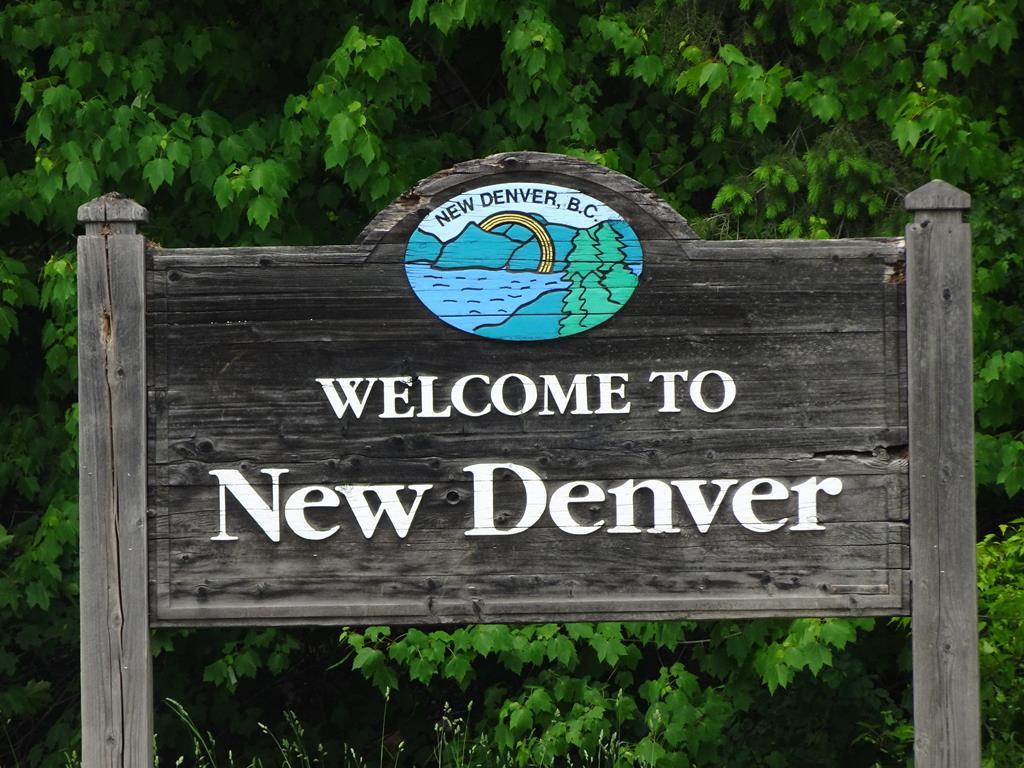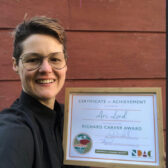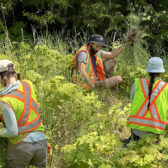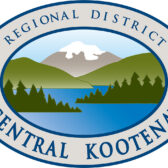Rat problem potentially plagues Slocan Valley village; could be sign of bigger problem
If you think you smell a rat in New Denver, you could be right.
The village in the heart of the Slocan Valley could be contending with a rodent problem, said village regional district representative and councillor Colin Moss in a report to the Regional District of Central Kootenay board of directors.
He said that the situation has gone beyond the ‘roof rats’ and black rats communities normally see to the Norwegian rat.
“Our village council is attempting to be proactive rather than reactive and has scheduled a special meeting to deal with this issue,” Moss explained in his report to the board.
He outlined several issues at stake which have given the village municipality pause for concern, including:
- What advice to give citizens on rat control; and
- What possible legal issues are involved in village actions on village property or recommendations to the population?
Other communities have been contacted about the problem, not only to alert them of the possible spread but to seek any other sage advice on what to do with the potential rat issues.
“We hope to come up with a village policy or at least a series of recommendations and if necessary some kind of ‘presentation package’ that can be given at public meetings if we are indeed in the early stage of a true rat problem,” Moss explained.
He urged the regional district board to take a proactive approach to the problem and create a terminal rat apprehension program to deal with the current rat problem before it becomes an epidemic.
“I think it would be advisable for us to get ahead of the curve on this issue and at least let people know we are taking some kind of action, even if it’s a ‘just in case’ be prepared position,” he wrote.
To whom the rat tolls
There are many theories as to the spread of the rats, said Moss, including a summer that has been conducive to fostering overall rodent population in the area.
“People are reporting an increase in the mouse population and no doubt the ‘roof rat’ population as well,” he said.
“People in New Denver have been talking for years about the Okanagan rat problem and that it’s not a matter of if, but when rats find their way into the New Denver and overall West Kootenay region.”
A rat in our midst
Brown rats are considered the most common and “successful” species of rodent, according to pest control organization Orkin.
The species is present in every part of the world save for the coldest climates: northeastern Canada, Antarctica, Greenland and northern Russia.
Known as the Norway rat — also the common rat, street rat, sewer rat or wharf rat — the rodent did not originate from Norway. Instead, they have followed people to every major city and town, “bringing disease and pestilence along as they search for food and shelter.”
As a result, brown rats are able to carry a number of pathogens, including bubonic plague, typhus, Weil’s disease, toxoplasmosis and trichinosis.
“They can also damage and contaminate food with their waste as well as with the parasites which they carry,” read the Orkin website on pests control.
“Rats can cause electrical fires by chewing through wiring and insulation and causing a short circuit, a habit which may be responsible for as much as 50 per cent of farm fires.”
The brown rat will gravitate to damp environments.
— Source: https://www.orkincanada.ca/pests/rodents/norway-rats/
Taking the road less travelled
A proposal has come before the RDCK board to support the creation of a north-south corridor that could reduce greenhouse gas emissions.
The president of the Beaton Arm Crossing Association has asked the regional district to support a study to evaluate “the economic benefits of a north-south low elevation route to enhance north south trade.”
Earl Frerichs said the route would be part of an international transportation corridor connecting the Waneta/USA border crossing with the Trans Canada Highway.
Since 2004 many studies and reports have concluded that without changes to existing infrastructure, economic population growth would be limited in the Kootenay region, he noted in a letter to the board.
He said a growing concern about greenhouse gas emissions has brought the issue to a point where a decision has to be made. Frerichs pointed to a ferry serving the region that contributed 22 to 39 per cent of the transportation greenhouse gas emissions.
“(It) has become an issue that can no longer be ignored,” he wrote. “Our current involvement with the North South Highway project brings to light many other GHG emissions which would greatly reduce by the completion of this project.”
Frerichs explained that up to 30 “chip” trucks would be removed from Highway 6 by reducing their round trip by 226 kilometres.
“Since vehicular transportation corridors are of critical importance in geographically challenged and rural regions such as the Kootenay Boundary and Kootenay central regions and such corridors are important for attracting and sustaining economic development, and exchanging tourism opportunities,” he wrote.
He asked the RDCK board to support the study the Lower Columbia Community Development Team Society and the Trail and District Chamber of Commerce has supported.

























